Home>Gardening & Outdoor>Landscaping Ideas>How To Get Stones Out Of Grass
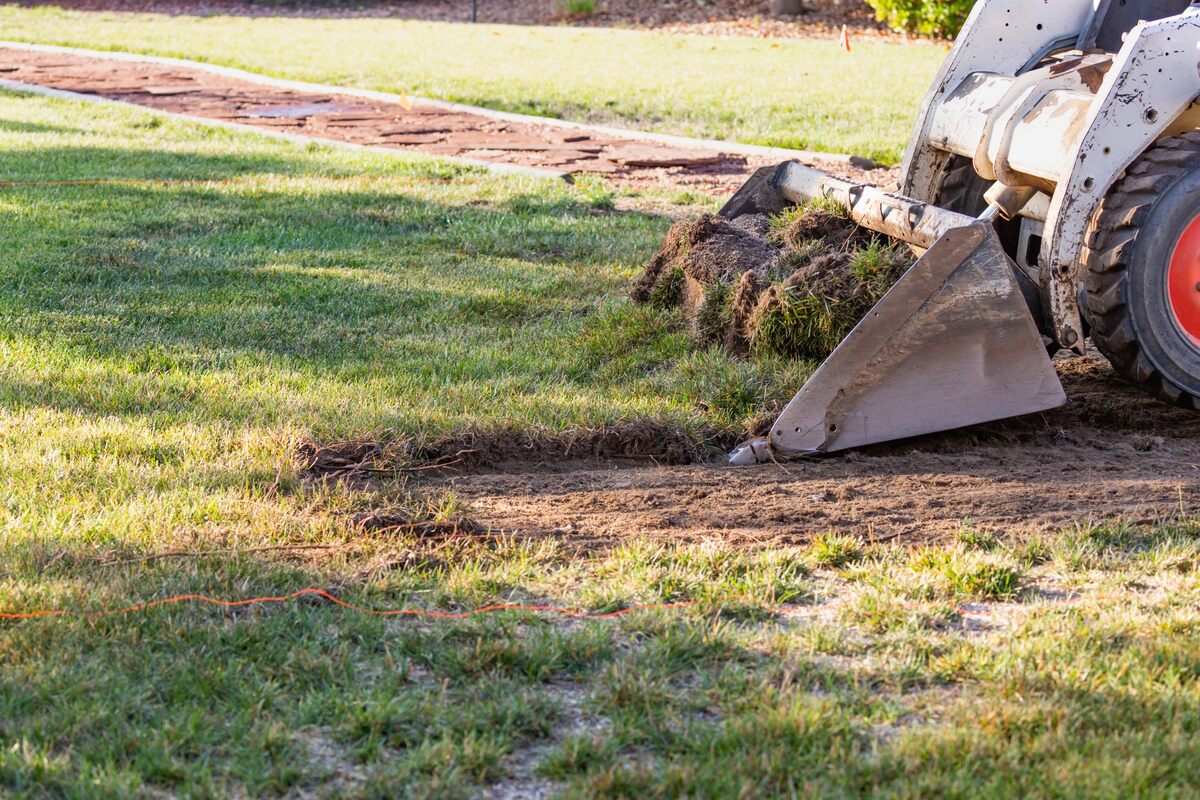

Landscaping Ideas
How To Get Stones Out Of Grass
Modified: February 26, 2024
Learn effective landscaping ideas for removing stones from grass and achieving a flawless outdoor space. Discover expert tips and techniques to enhance your lawn.
(Many of the links in this article redirect to a specific reviewed product. Your purchase of these products through affiliate links helps to generate commission for Storables.com, at no extra cost. Learn more)
Introduction
Welcome to the wonderful world of landscaping! Whether you’re a seasoned gardener or just starting to explore the joys of outdoor spaces, you’ve likely encountered the age-old problem of stones in your grass. These pesky intruders not only disrupt the aesthetic appeal of your lawn but also pose a threat to your lawnmower and can be a pain to walk on. Fear not, for we have the solutions you need to restore your grass to its pristine state.
In this comprehensive guide, we’ll walk you through the process of ridding your grass of those unwanted stones and ensuring they don’t make a comeback. From understanding the problem to utilizing the right tools and techniques, we’ve got you covered. So, roll up your sleeves and get ready to reclaim your lush, stone-free lawn!
Key Takeaways:
- Say goodbye to stones in your grass by using tools like a rake, gloves, and a sifter to meticulously clear the area and prevent their return. Enjoy a safe and beautiful lawn for outdoor activities!
- Keep your grass stone-free by regularly maintaining and preventing stone accumulation. Use topdressing, strategic landscaping, and barriers to safeguard your lawn and create a tranquil outdoor retreat.
Read more: How To Get Grass Out Of Rocks
Understanding the Problem
Before diving into the removal process, it’s essential to understand why stones end up in your grass. Natural factors such as erosion, weathering, or even the remnants of construction work can lead to the accumulation of stones in your lawn. Additionally, stones may find their way into your grass through activities like mowing, landscaping, or simply being carried by animals or water runoff.
Having stones in your grass not only detracts from the visual appeal of your lawn but can also hinder healthy grass growth. They create uneven surfaces, making it uncomfortable to walk on and impeding the uniformity of your grass. Moreover, mowing over stones can damage your lawnmower blades and pose safety hazards. Therefore, addressing this issue is crucial for both the aesthetics and functionality of your outdoor space.
By gaining insight into the causes and implications of stones in your grass, you’ll be better equipped to tackle the problem effectively. Armed with this understanding, you can proceed with the confidence that comes from knowing the root of the issue and how to address it. With this knowledge in hand, let’s move on to the practical steps and tools needed to restore your grass to its pristine state.
Tools and Equipment Needed
Before embarking on the task of removing stones from your grass, it’s essential to gather the necessary tools and equipment. Here’s what you’ll need:
- Rake: A sturdy rake with flexible tines is invaluable for clearing debris and loosening the soil, making it easier to spot and remove stones.
- Gloves: Protect your hands with a reliable pair of gloves, especially when handpicking stones to avoid blisters and injuries.
- Wheelbarrow or Bucket: A wheelbarrow or bucket will come in handy for collecting and transporting the removed stones to their designated disposal area.
- Sifter or Sieve: A sifter or sieve with a mesh size suitable for capturing stones while allowing soil to pass through is essential for thorough removal.
- Watering Can or Hose: A watering can or hose will aid in settling the soil after removing the stones, ensuring a level surface.
- Optional: Lawn Roller: If your lawn is particularly prone to stone accumulation, a lawn roller can help compact the soil and reduce the likelihood of stones resurfacing.
Having these tools at your disposal will streamline the stone removal process, making it more efficient and less physically taxing. With the right equipment in hand, you’re ready to tackle the task with confidence and precision. Now, let’s delve into the step-by-step approach to banishing those stones from your grass for good.
Step 1: Clearing the Area
The first step in your quest to eliminate stones from your grass is to clear the area of any debris, fallen leaves, and other surface-level impediments. Using a sturdy rake, gently comb through the grass, removing twigs, branches, and any other visible debris. This initial clearing process not only creates a cleaner canvas for stone removal but also allows you to identify and focus on the stones scattered throughout the lawn.
As you rake, pay attention to areas where stones tend to accumulate, such as along the edges of flower beds, near pathways, or in low-lying spots where water runoff may deposit them. By systematically clearing the area, you’ll gain a clearer view of the extent of the stone infestation and can proceed to the next phase with greater precision.
Clearing the area also serves to aerate the soil, promoting healthier grass growth and facilitating the subsequent steps in the stone removal process. Additionally, this initial stage sets the stage for a more thorough and effective stone removal effort, ensuring that no hidden obstacles remain in the grass.
Once the area is cleared, you’re ready to proceed to the next step, armed with a clearer understanding of the task at hand and a more accessible landscape for the subsequent stone removal techniques.
Step 2: Using a Rake
With the area cleared of debris, it’s time to employ the versatile and essential tool in your arsenal: the rake. The rake serves as a multi-functional instrument in the battle against stones in your grass, aiding in both the identification and removal of these unwelcome intruders.
Begin by gently raking through the grass, paying close attention to the distinctive sound and sensation of the rake meeting a stone. As the rake encounters stones, it will produce a distinct clinking or tapping sound, alerting you to their presence. By systematically raking the entire area, you’ll be able to pinpoint the locations of the stones and prepare them for removal.
Once you’ve identified the stones, use the rake to carefully loosen the soil around them, making it easier to extract them from the grass. Be mindful of the pressure applied to avoid damaging the grass while effectively dislodging the stones from their embedded positions. In addition to aiding in stone removal, the act of raking helps to level the ground and disperse any small stones that may have been hidden beneath the grass.
As you rake, periodically collect the dislodged stones and debris, depositing them into a wheelbarrow or bucket for later disposal. This not only keeps the work area tidy but also prevents the stones from becoming reburied in the grass, ensuring a more thorough removal process.
By utilizing the rake as a strategic ally in your quest for a stone-free lawn, you’re well on your way to achieving a visually pleasing and hazard-free outdoor space. With the stones identified and loosened, it’s time to move on to the next phase of the removal process, bringing you one step closer to reclaiming your grassland paradise.
To get stones out of grass, use a rake to gently comb through the grass, collecting the stones as you go. You can also use a small shovel to scoop up the stones. Be sure to watch out for any hidden stones to avoid injury.
Read more: How To Get Clovers Out Of Grass
Step 3: Handpicking Stones
As you progress in your mission to restore your grass to its pristine state, the hands-on approach becomes paramount in the removal of stones. Handpicking stones from the grass not only allows for meticulous precision but also enables you to address smaller or embedded stones that may have eluded detection during the initial clearing and raking stages.
Equipped with a sturdy pair of gloves, carefully traverse the area, scanning for stones nestled within the grass. Exercise patience and attentiveness as you comb through the green expanse, ensuring that no stone goes unnoticed. Be mindful of the varying sizes and shapes of the stones, as some may be concealed beneath the surface, posing a tripping hazard or impeding healthy grass growth.
As you encounter stones, gently lift them from the grass, taking care to minimize any disruption to the surrounding turf. By handpicking the stones, you can meticulously clear the area of these obtrusive elements, leaving behind a smooth and inviting lawn. Additionally, this hands-on approach allows you to assess the condition of the grass and address any areas that may require reseeding or additional care.
While handpicking stones may seem labor-intensive, it offers the advantage of thoroughness and precision, ensuring that no stone remains to mar the beauty and functionality of your grass. As you diligently remove each stone, envision the transformation taking place, with every stone extracted bringing you closer to a flawless, stone-free landscape.
With the stones handpicked and the grass reawakening to its unobstructed glory, it’s time to proceed to the next phase of the stone removal process, confident in the meticulous care and attention you’ve devoted to your outdoor sanctuary.
Step 4: Using a Sifter
As you venture deeper into the stone removal process, employing a sifter or sieve becomes instrumental in achieving a thorough and meticulous outcome. The sifter serves as a precision tool, allowing you to sift through the soil and grass, capturing elusive stones that may have evaded detection during the initial clearing and handpicking stages.
Begin by selecting a sifter with a mesh size tailored to capture stones while allowing soil to pass through. With the sifter in hand, carefully maneuver it across the grass, paying close attention to areas where stones are prone to accumulate. As the soil and grass pass through the mesh, the stones will be captured, facilitating their removal and leaving behind a smooth and unblemished surface.
While sifting, maintain a deliberate and thorough approach, ensuring that no stone remains concealed within the grass. By systematically sifting through the area, you’ll be able to address any lingering stones, no matter how small or inconspicuous. This meticulous process not only enhances the visual appeal of your lawn but also mitigates potential hazards and disruptions caused by hidden stones.
As you collect the captured stones, deposit them into a designated receptacle, keeping the work area tidy and ensuring that the stones are effectively removed from the grass. This methodical approach to stone removal sets the stage for a pristine and hazard-free landscape, allowing your grass to flourish unencumbered by the presence of these intruders.
With the sifting process complete, take a moment to admire the transformation unfolding before you, with the grass now free from the encumbrance of stones and poised to thrive in its renewed state. As you prepare to conclude the stone removal process, let’s explore the essential steps for maintaining a stone-free lawn and preventing the resurgence of these unwelcome guests.
Step 5: Maintenance and Prevention
Having successfully liberated your grass from the clutches of stones, it’s essential to implement measures for ongoing maintenance and prevention to safeguard your lawn’s newfound freedom. By incorporating proactive strategies, you can minimize the likelihood of stones reappearing and maintain the unblemished beauty of your grass.
Regular maintenance, including routine raking and clearing of debris, plays a pivotal role in preventing the accumulation of stones in your grass. By consistently tending to your lawn, you can swiftly identify and address any emerging stone-related issues, preserving the integrity of your outdoor space.
Consider incorporating a layer of topdressing or finely screened compost over your grass to promote a smooth and even surface while minimizing the visibility of any remaining small stones. This additional layer not only enhances the aesthetics of your lawn but also acts as a protective barrier, reducing the likelihood of stones surfacing.
Furthermore, strategic landscaping and the use of barriers, such as edging or decorative stones, can help delineate areas prone to stone accumulation, preventing them from encroaching upon the main expanse of your grass. By creating defined boundaries, you can contain stones within specific areas, preserving the overall integrity of your lawn.
Regularly inspect your lawn for signs of erosion, water runoff, or other factors that may contribute to the migration of stones into your grass. By addressing these underlying issues, you can proactively mitigate the influx of stones and maintain a harmonious and stone-free landscape.
By implementing these maintenance and prevention strategies, you can safeguard your grass against the resurgence of stones, ensuring that your outdoor haven remains a tranquil and inviting retreat. With ongoing care and attentiveness, you can revel in the enduring beauty and functionality of your stone-free lawn, basking in the satisfaction of a job well done.
Conclusion
Congratulations on successfully navigating the journey to reclaiming your grass from the encroachment of stones! By following the comprehensive steps outlined in this guide and harnessing the power of strategic tools and techniques, you’ve transformed your outdoor space into a harmonious and stone-free sanctuary.
Through understanding the underlying causes of stone accumulation, you’ve gained valuable insight into the dynamics at play in your lawn. Armed with this knowledge, you’ve adeptly utilized tools such as rakes, sifters, and your own hands to meticulously clear the area, pinpoint stones, and liberate the grass from their grasp.
As you’ve meticulously combed through the grass, handpicked stones, and employed precision tools to sift through the soil, you’ve not only achieved a visually stunning outcome but also fostered a safer and more inviting environment for leisurely strolls and outdoor gatherings.
By embracing the principles of maintenance and prevention, you’ve fortified your grass against the resurgence of stones, ensuring that your efforts yield enduring results. Through proactive measures and ongoing care, you can relish in the tranquility and unspoiled beauty of your stone-free lawn, a testament to your dedication and expertise in landscaping.
As you survey the transformed landscape, envision the countless moments of enjoyment and relaxation that await amidst the lush expanse of your rejuvenated grass. Whether it’s a leisurely picnic, a spirited game, or simply soaking in the natural splendor, your stone-free lawn stands as a testament to your commitment to creating an idyllic outdoor haven.
May your stone-free grass serve as a testament to the transformative power of knowledge, dedication, and the harmonious fusion of nature and human endeavor. Embrace the serenity and beauty of your revitalized outdoor space, and revel in the joy of a landscape liberated from the clutches of stones.
Frequently Asked Questions about How To Get Stones Out Of Grass
Was this page helpful?
At Storables.com, we guarantee accurate and reliable information. Our content, validated by Expert Board Contributors, is crafted following stringent Editorial Policies. We're committed to providing you with well-researched, expert-backed insights for all your informational needs.

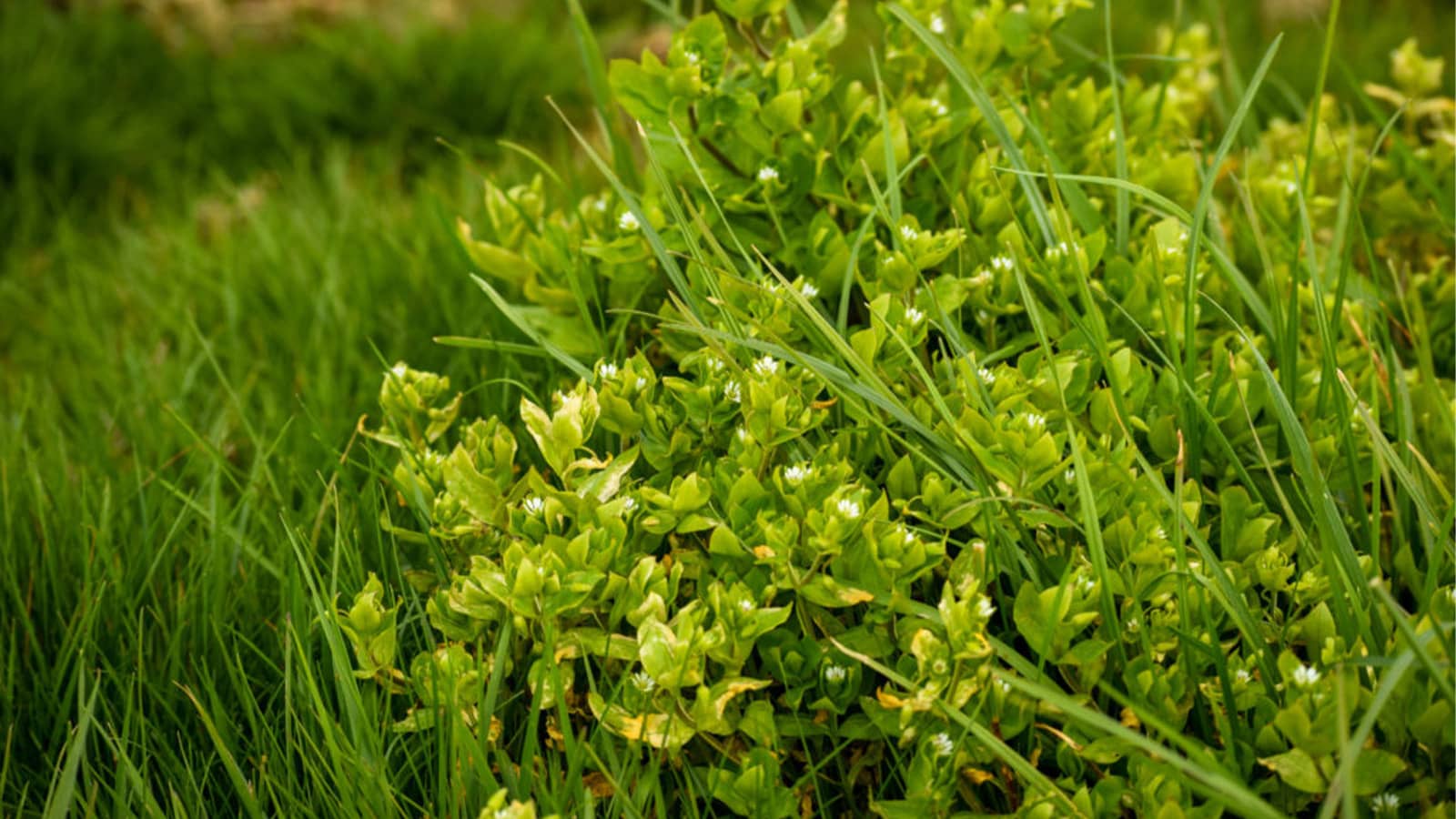


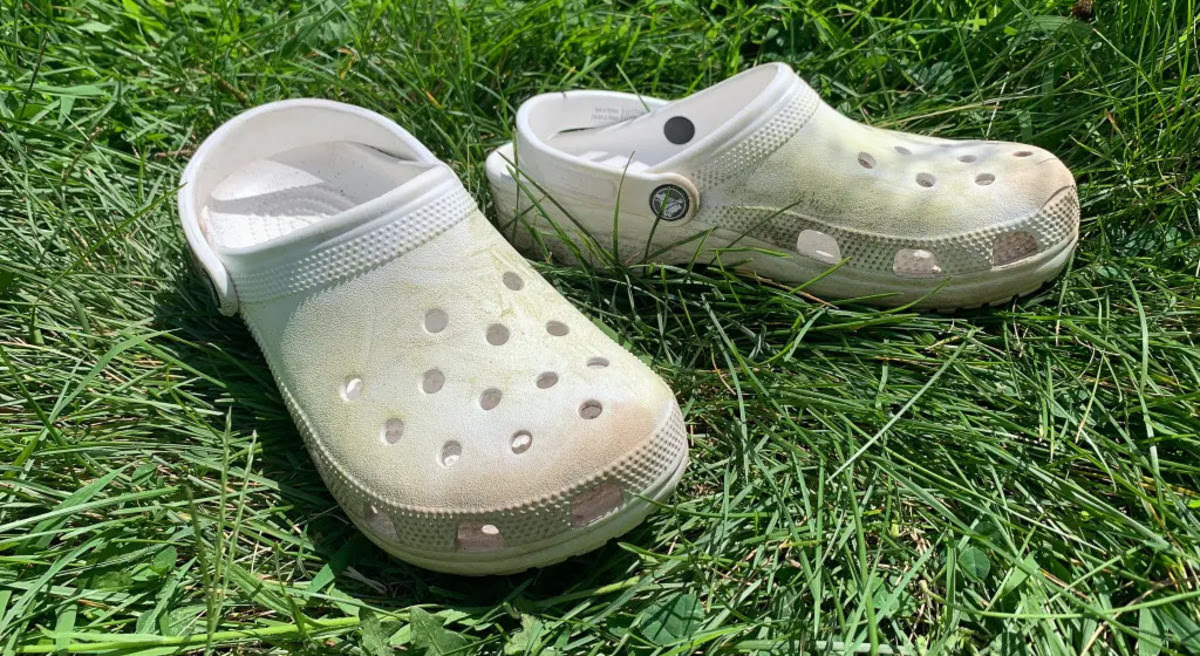
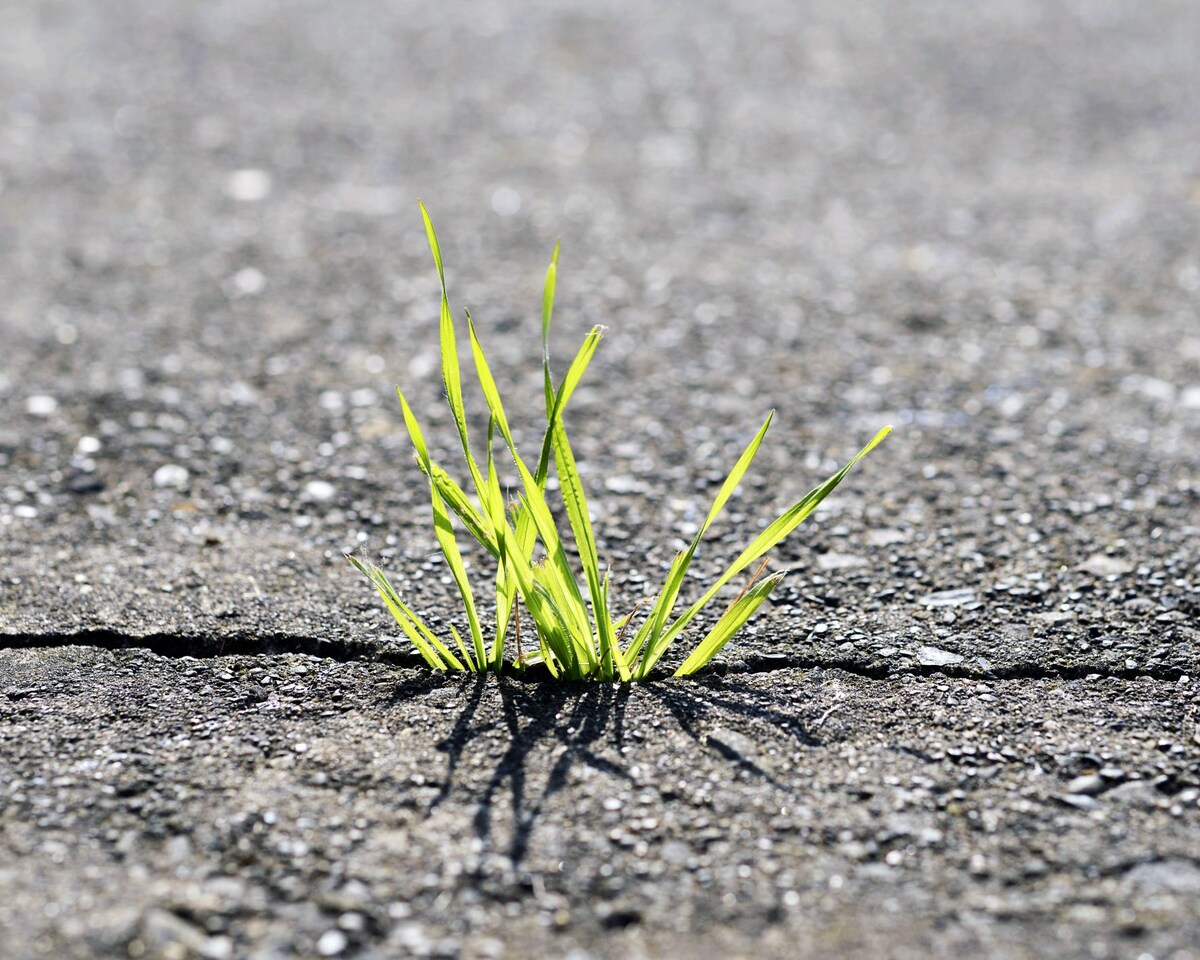
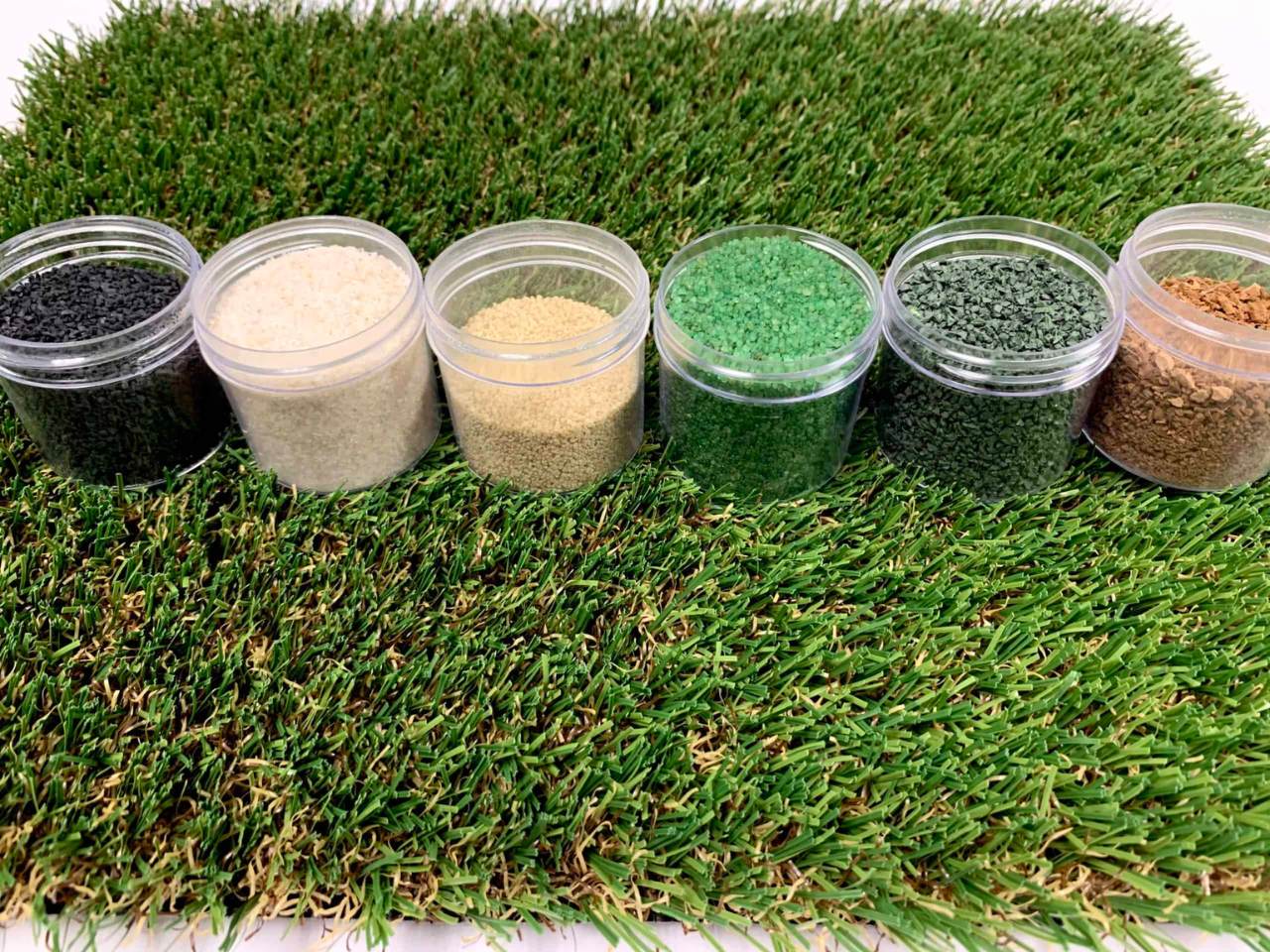



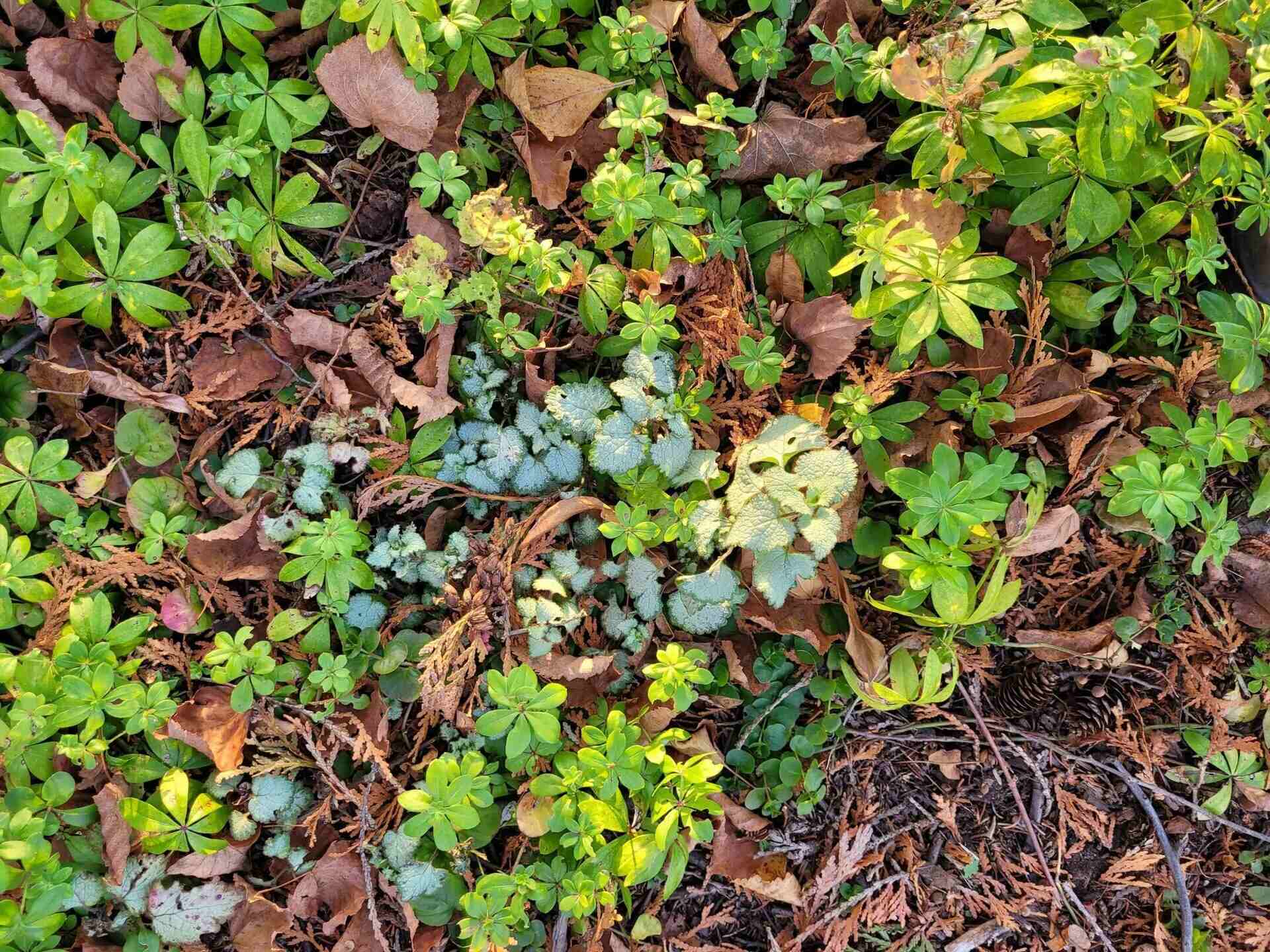

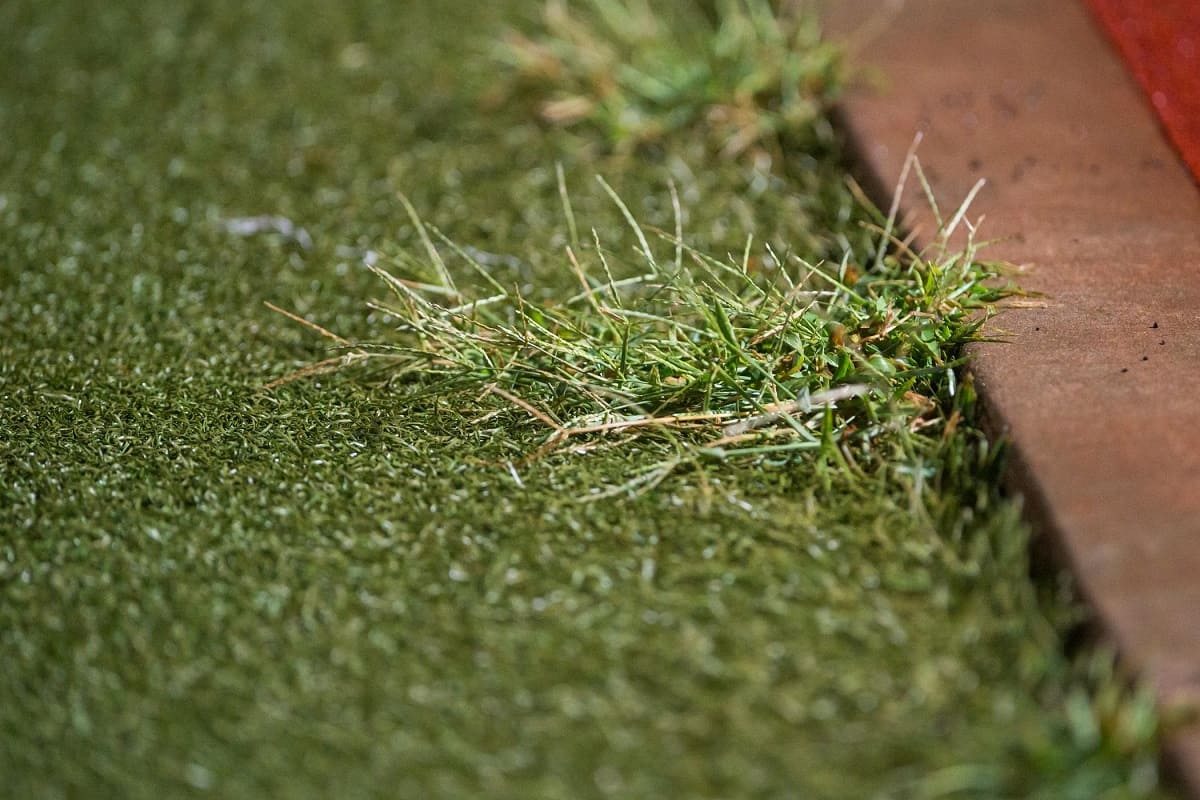
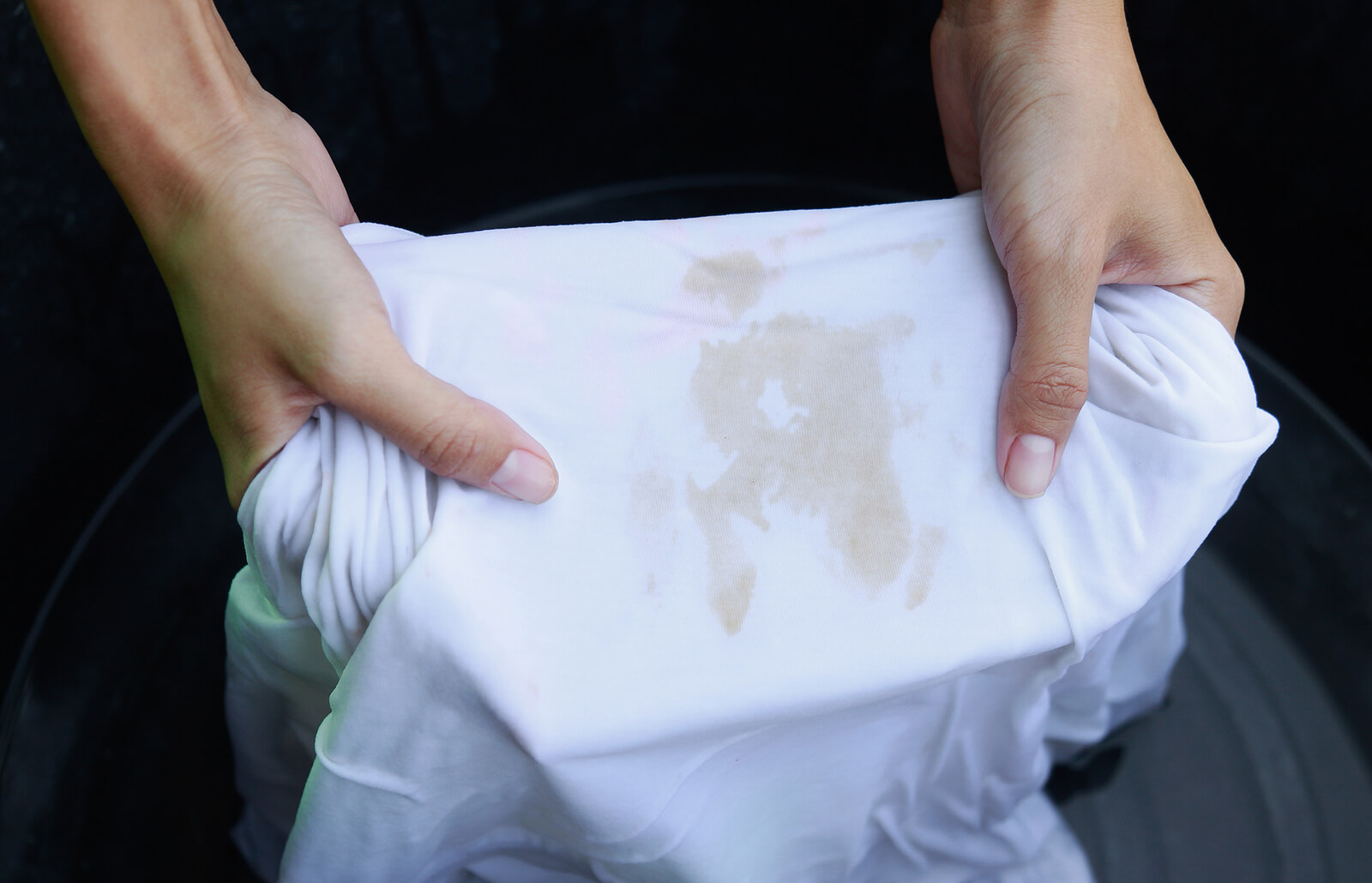

0 thoughts on “How To Get Stones Out Of Grass”